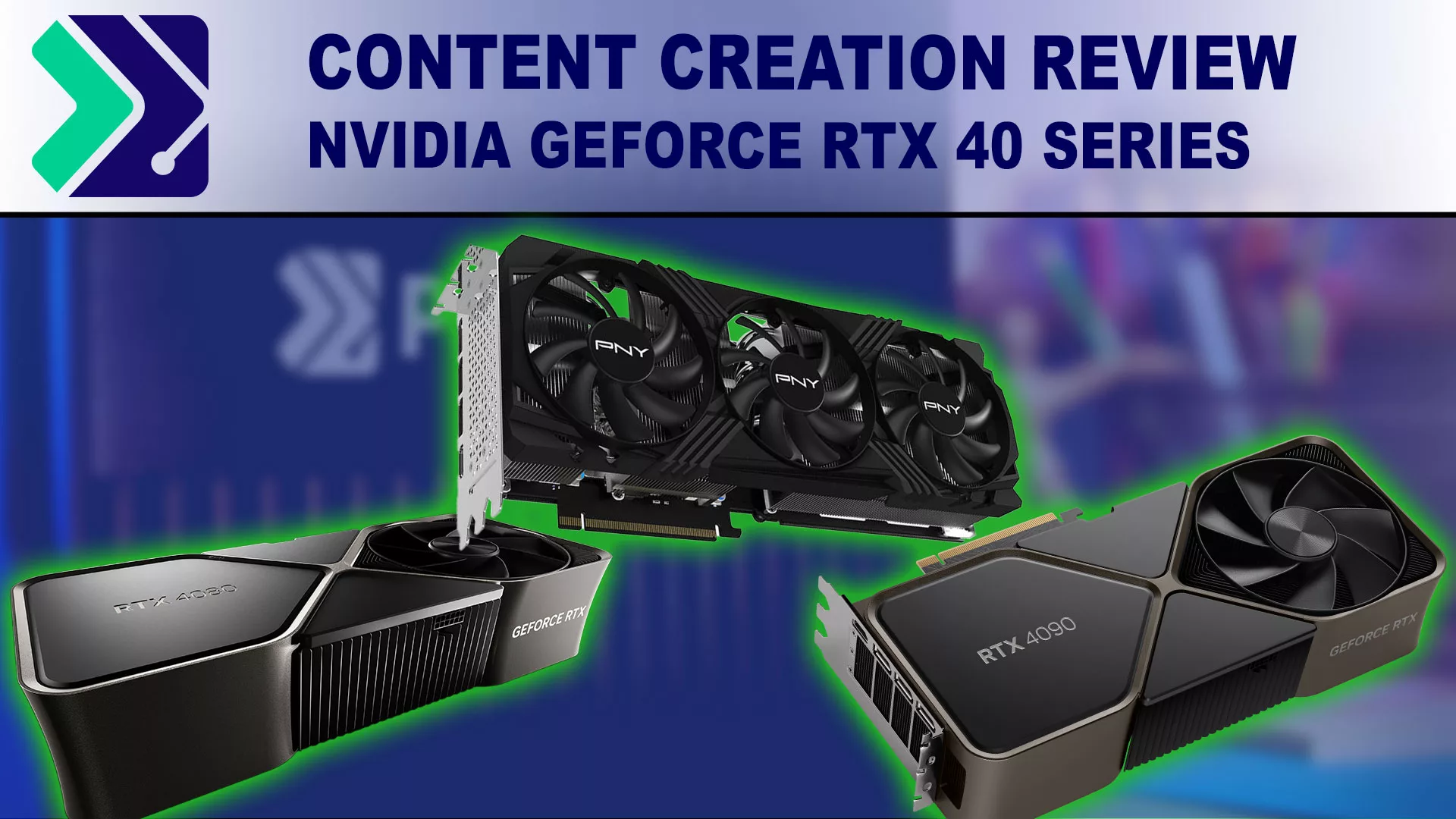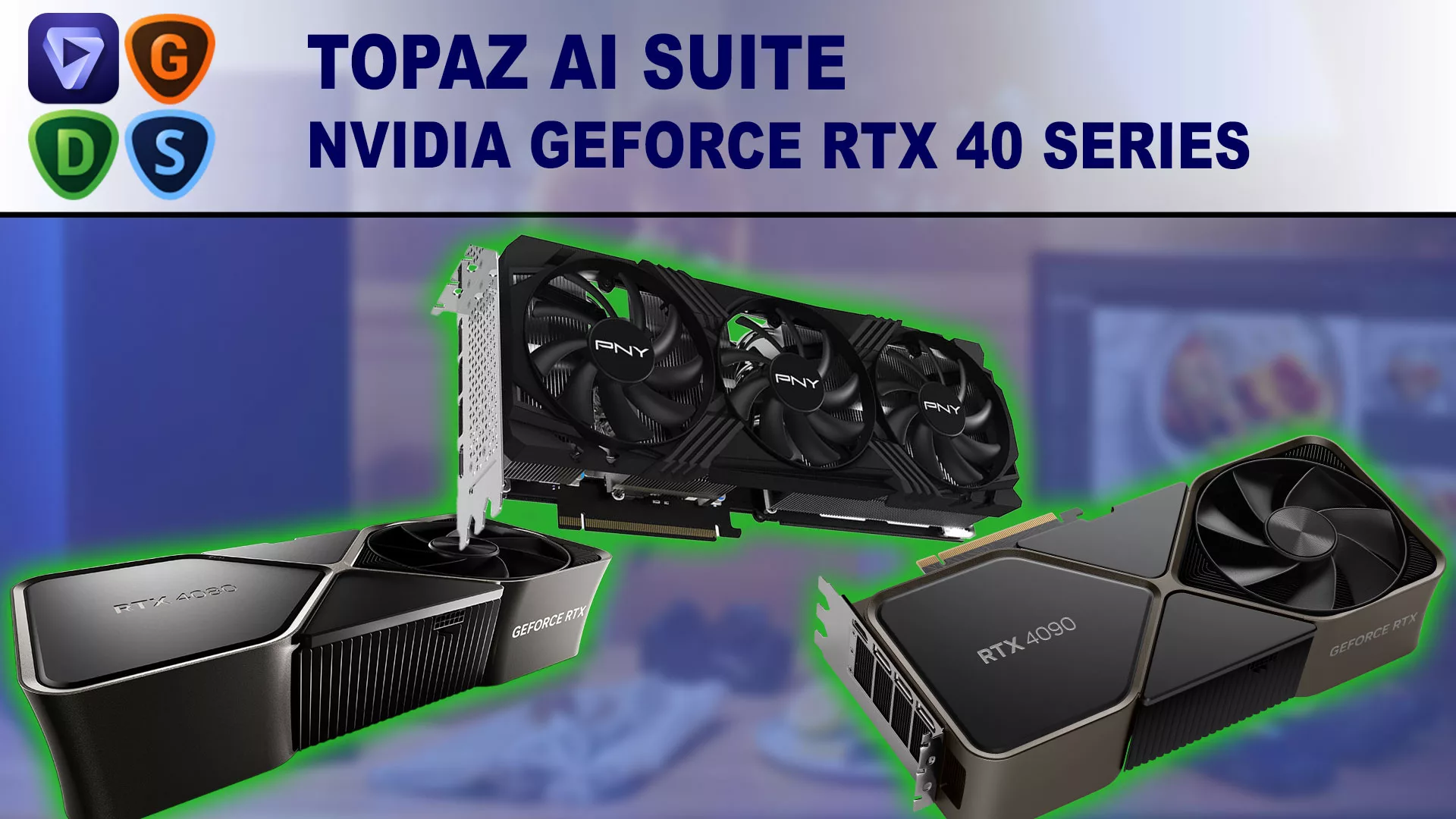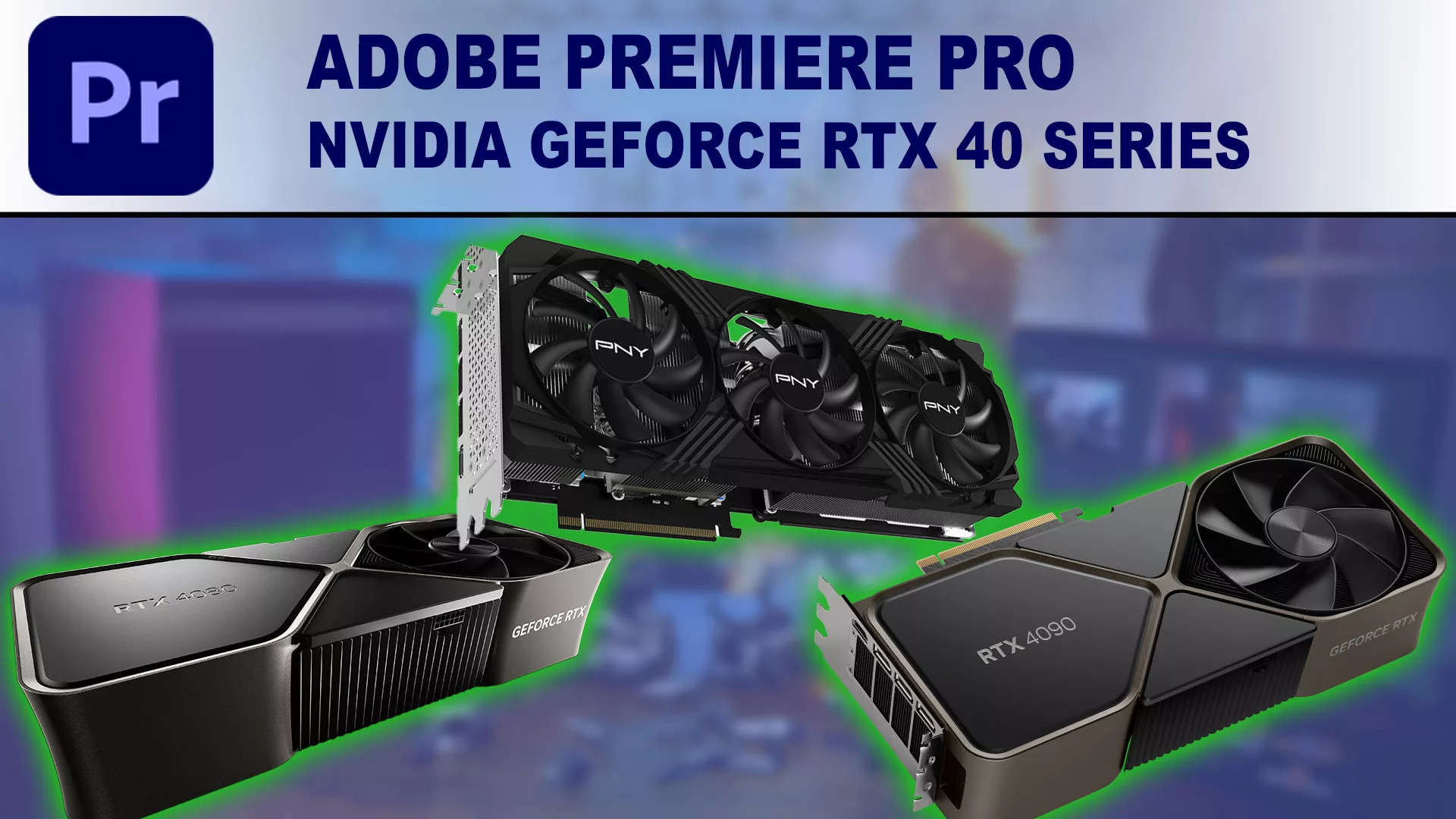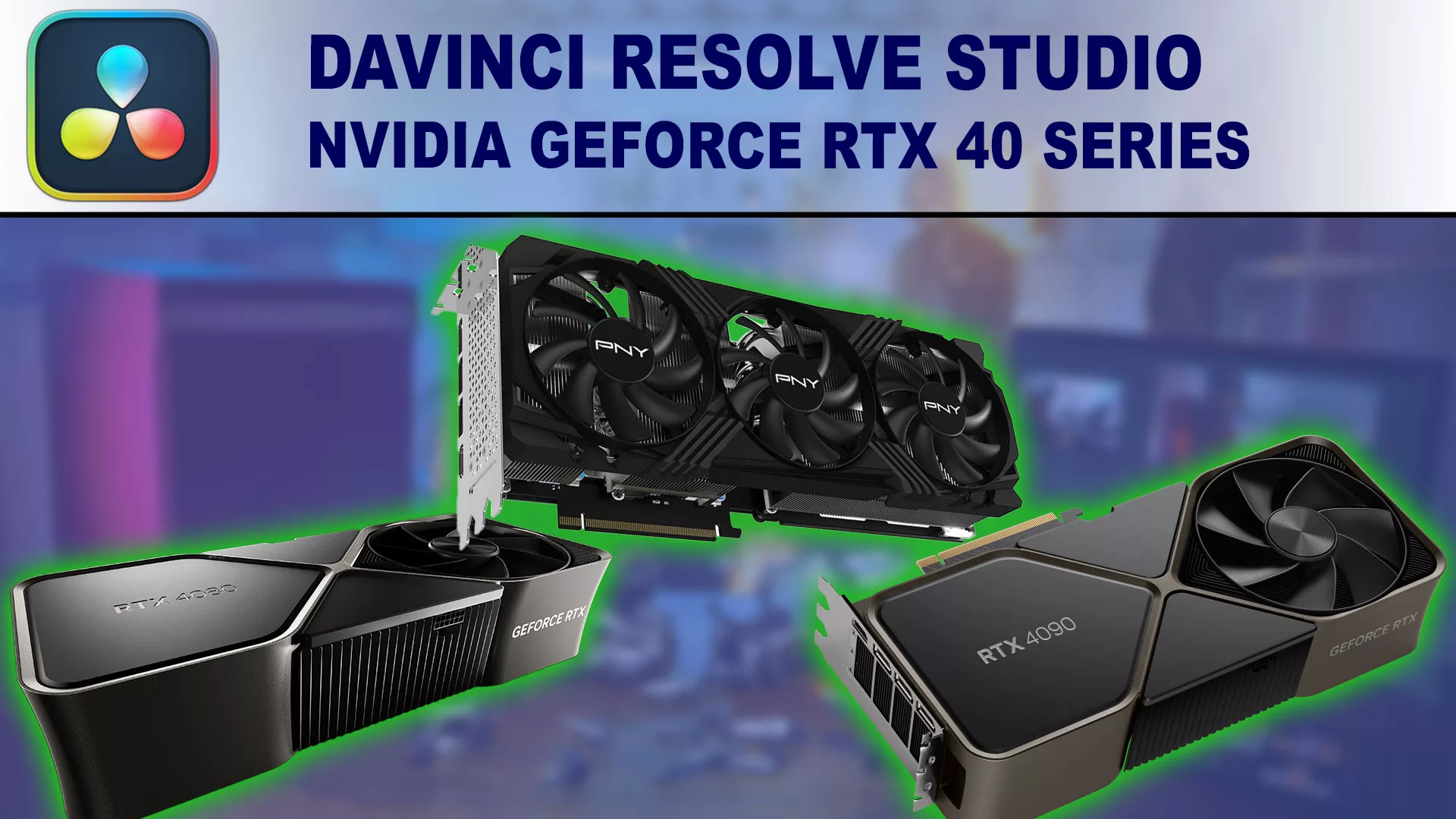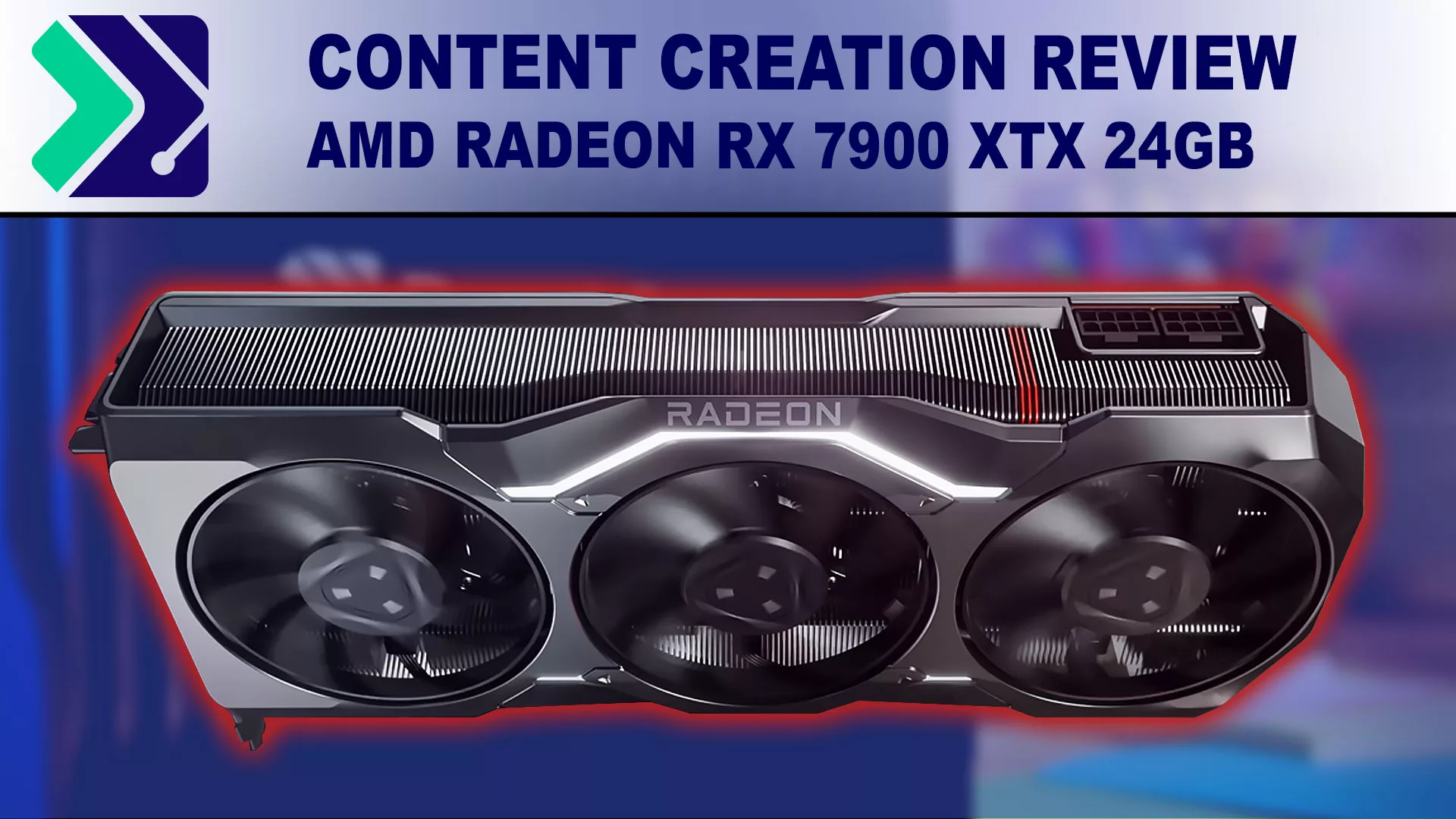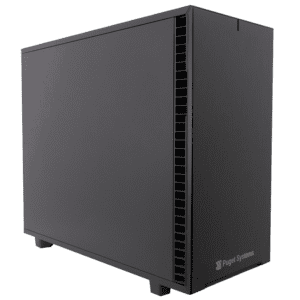With the RTX 4070 Ti joining the RTX 4080 and 4090, NVIDIA has now completed the launch of the initial trio of their GeForce RTX 40 series of GPUs. How do these cards compare for various content creation workflows versus the previous generation RTX cards, and their competition from AMD?
